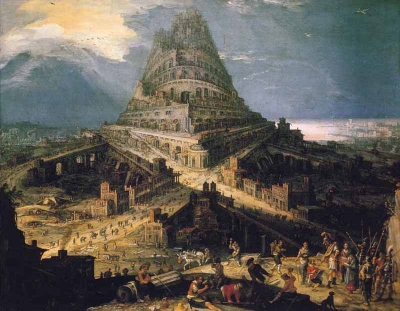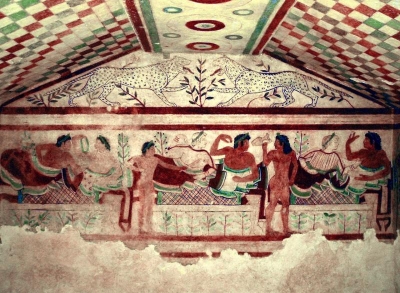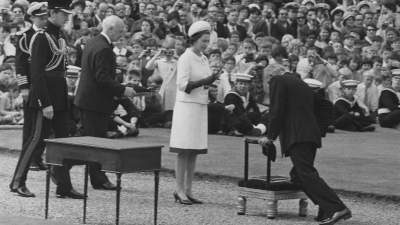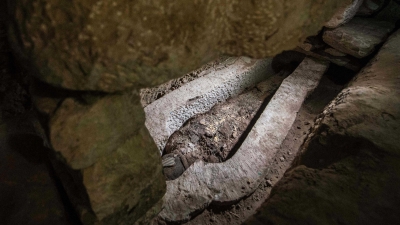
We know exactly all the 282 laws in which King Hammurabi included the entire legal traditions of his day because they were found on a stele (stone slab) discovered at Susa in 1901 and now preserved in the Louvre Museum in Paris. The laws were written on the slab in a writing known as cuneiform. The slab also has a fine piece of sculpture depicting Samas, the god of justice, looking into the eyes of king Hammurabi as if to inspire him.
Babylonian society was divided into three distinct classes: the patricians, the plebeians, and the slaves. Justice depended on the class to which a person belonged. For example, an article in Hammurabi’s legal code said: ‘If a patrician, one of his eyes also shall be taken. If he breaks the bone of another patrician, one of his bones too shall be broken.’
If, however, the person hurt was a plebeian, matters were different. The law said: ‘If a patrician takes the eye or breaks a bone of a plebeian, he will pay a mine of silver.’ Of course, the penalty was smaller if a slave was involved. These laws seem very unfair to us today but the penalties inflicted are midway between the brutality of the Assyrian laws and the comparative lenience of the Hittites. We must remember that in the social conditions of Hammurabi’s day such laws were needed to curb the vices and passions of the Babylonians.
Hammurabi died but his dynasty, or family, continued to rule for another 150 years although it never reached the same peak of glory as it had in his day.
Picture Credit : Google





